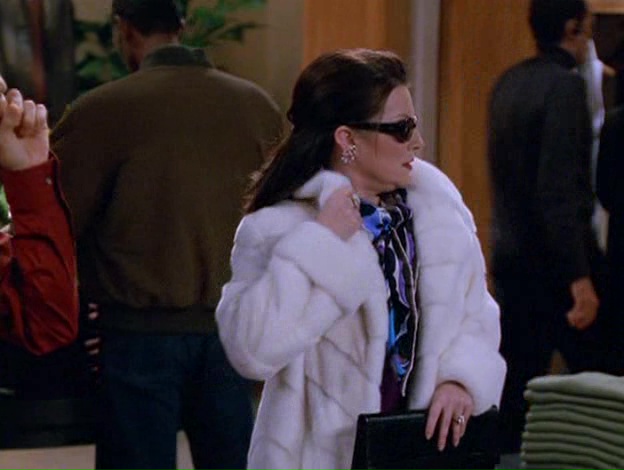Sprawl Ho! - Beaverhausen hasn't revisited the subject of urban planning much lately, since Adam -- the one reader who cares deeply about such things -- doesn't seem to read us anymore. I know he'd love this WaPo article which argues that some smart growth initiatives actually inflict more sprawl. In particular, many counties surrounding D.C. have attempted to remain "rural" by imposing development restrictions which limit builders to no more than one house for every three acres. (Some even require one home per 25 acres!) But the effect isn't what the regulators had intended:
While the limits on rural building are supposed to be saving farmland, forests and meadows, a regional view of development patterns indicates that many of these anti-sprawl measures have accelerated the consumption of woods and fields and pushed developers outward in their search for home sites. The side effects -- rarely noted in crusades for more "open space" but widely recognized by regional planners -- are twofold.
First, limiting construction to one house per three acres, or five or even 25, doesn't necessarily stop development. It just spreads it out, creating enclaves of estates in "rural" preserves, or what critics call "Gucci sprawl."
Second, even when restrictions are severe enough to halt residential development in one place, Washington's burgeoning population continues to demand new houses, so builders simply go elsewhere, usually farther out.
No one likes the thought of housing and roads eating up the countryside, but as the soon-to-be new owner of a home in the heart of the sprawl, my pocketbook likes the idea that new residents will have the choice of making a ridiculous commute from the exurbs or paying me a heck of a lot of money for my house.


<< Home